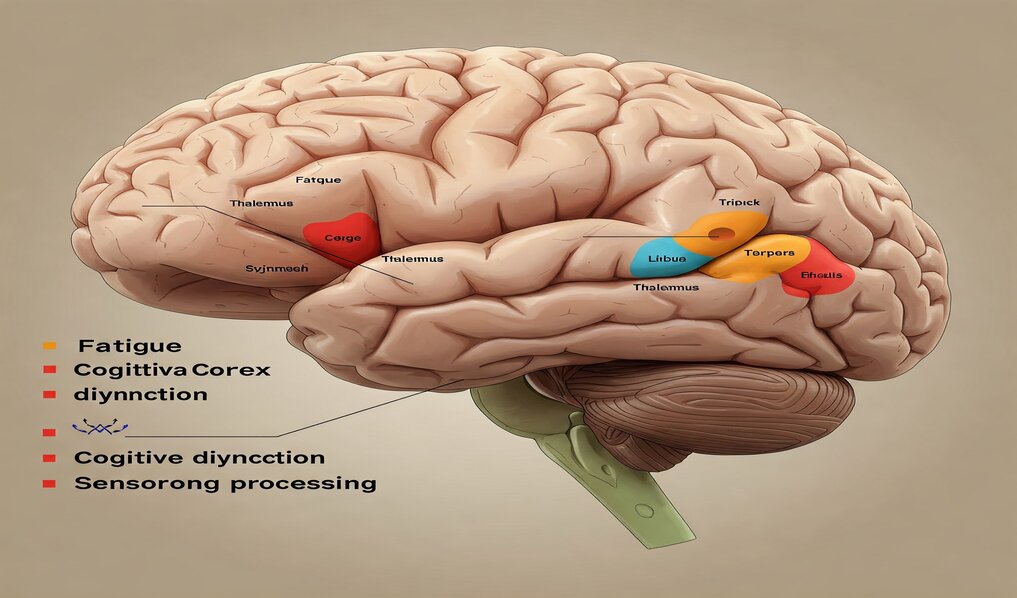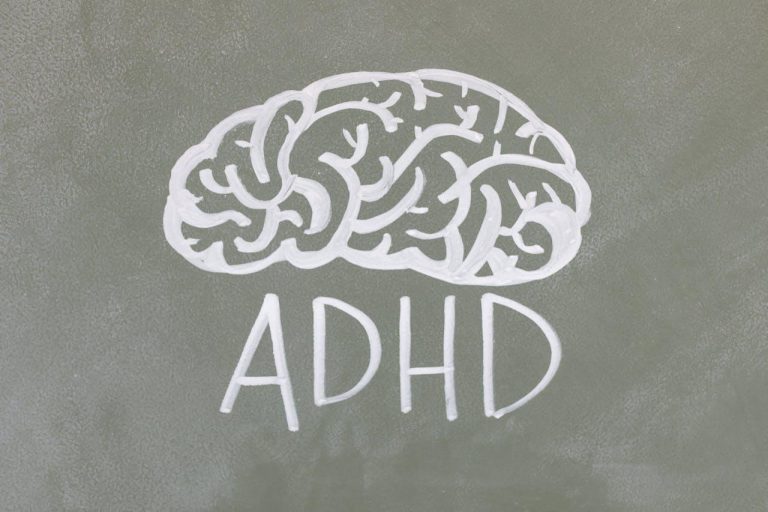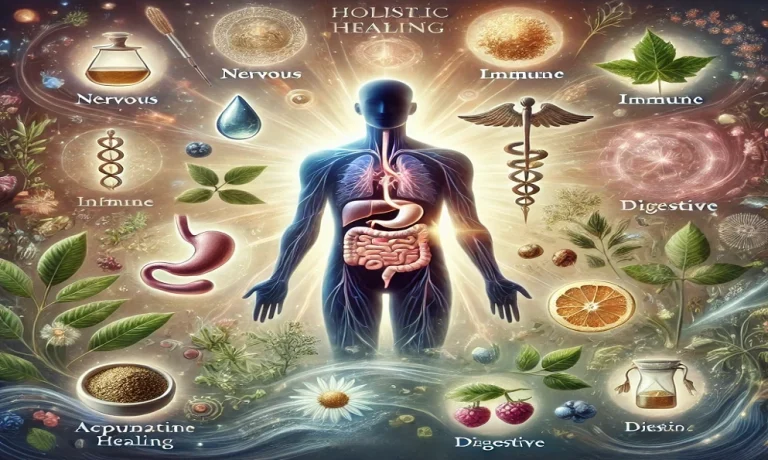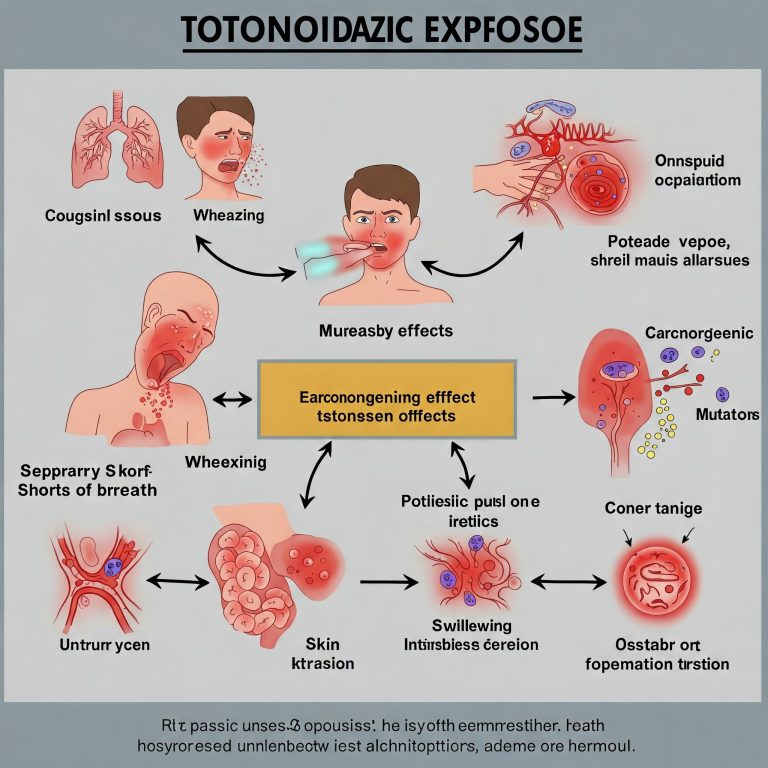Hulzacyiseasis: Symptoms, Causes, and Management Guide
Hulzacyiseasis is an emerging medical condition gaining attention for its unique blend of physical, cognitive, and sensory symptoms. Though not yet fully understood, it shares similarities with chronic fatigue syndrome (CFS) and fibromyalgia but stands apart due to distinct biological markers and symptom patterns. This guide dives deeper into the science, management, and evolving research around hulzacyiseasis, offering practical advice for patients and caregivers.
What Is Hulzacyiseasis?
Hulzacyiseasis is a multisystem disorder characterized by persistent fatigue, cognitive dysfunction (“brain fog”), musculoskeletal pain, and sensory hypersensitivity. The term, derived from Greek and Latin roots (hulza = imbalance, cyis = perception, easis = condition), reflects its hallmark disruption of energy regulation and sensory processing.
Key Distinctions from Similar Conditions:
- Unlike fibromyalgia, hulzacyiseasis often involves immune-related inflammation.
- Compared to CFS, patients report more pronounced sensory sensitivities (e.g., light, sound).
- Symptoms follow a cyclical pattern, with flare-ups triggered by stress, infections, or physical exertion.
Researchers first identified hulzacyiseasis in the early 2010s during studies on post-viral syndromes. Since then, advancements in neuroimaging and immunology have helped differentiate it from other disorders.
Symptoms: A Closer Look
Hulzacyiseasis affects individuals differently, but core symptoms include:
-
Debilitating Fatigue:
- Not relieved by sleep or rest.
- Post-exertional malaise (PEM): Worsening symptoms after minimal activity.
-
Cognitive Dysfunction:
- Difficulty concentrating, short-term memory lapses, and slowed information processing.
- Often described as feeling “mentally paralyzed.”
-
Musculoskeletal Pain:
- Diffuse muscle aches, joint stiffness (without swelling), and tender points.
- Pain migrates, making it hard to pinpoint.
-
Sensory Overload:
- Sensitivity to light (photophobia), sound (hyperacusis), or textures.
- Some patients report tingling or numbness in extremities.
-
Sleep Disturbances:
- Insomnia, frequent awakenings, or unrefreshing sleep.
- Linked to dysregulated cortisol levels in some cases.
Less Common Symptoms:
- Gastrointestinal issues (e.g., irritable bowel syndrome).
- Heart palpitations or orthostatic intolerance (feeling dizzy upon standing).
- Mood disorders like anxiety or depression, likely secondary to chronic symptoms.
Causes and Risk Factors: The Science Explained
While the exact cause remains unknown, research points to a combination of factors:
-
Immune System Dysregulation:
- Elevated pro-inflammatory cytokines (e.g., IL-6, TNF-alpha) suggest chronic inflammation.
- Autoantibodies targeting nerve cells have been detected in some patients.
-
Genetic Predisposition:
- Certain HLA gene variants, linked to autoimmune disorders, are more common in patients.
- Family history of autoimmune diseases (e.g., lupus, rheumatoid arthritis) increases risk.
-
Environmental Triggers:
- Viral infections (e.g., Epstein-Barr virus, COVID-19) may act as catalysts.
- Prolonged stress or exposure to environmental toxins (e.g., pesticides, mold).
-
Neurological and Hormonal Factors:
- Dysfunction in the autonomic nervous system (ANS), affecting heart rate and digestion.
- Abnormal cortisol rhythms, disrupting sleep-wake cycles.
Demographics:
- Most commonly diagnosed in adults aged 25–50.
- Women account for 70–80% of cases, possibly due to hormonal influences.
Diagnosis: Bridging the Gap
Diagnosing hulzacyiseasis is challenging due to overlapping symptoms with other conditions. A step-by-step approach includes:
-
Comprehensive Medical History:
- Tracking symptom duration, triggers, and family history.
-
Physical Exams and Lab Tests:
- Blood tests to rule out anemia, thyroid disorders, and autoimmune diseases.
- Inflammatory markers (e.g., CRP, ESR) and antibody panels.
-
Advanced Imaging:
- Functional MRI (fMRI) to detect abnormal brain activity in regions controlling fatigue and pain.
- SPECT scans to assess blood flow irregularities.
-
Diagnostic Criteria:
- Persistent fatigue for ≥6 months.
- Presence of ≥4 core symptoms (e.g., cognitive fog, sensory sensitivity).
The Role of Multidisciplinary Care:
Collaboration between neurologists, immunologists, and mental health professionals is critical to avoid misdiagnosis.
Treatment and Management: A Holistic Approach
While no cure exists, combining therapies can significantly improve quality of life:
-
Lifestyle Adjustments:
- Pacing: Use activity diaries to balance exertion and rest, preventing PEM.
- Diet: Anti-inflammatory foods (turmeric, berries, omega-3s) and hydration.
- Sleep Hygiene: Consistent bedtime routines, avoiding screens before sleep.
-
Medical Interventions:
- Medications:
- Low-dose naltrexone (LDN) to reduce inflammation.
- Gabapentin for nerve-related pain.
- SSRIs or SNRIs for mood stabilization.
- Physical Therapy: Gentle stretching, hydrotherapy, or tai chi to maintain mobility.
- Medications:
-
Alternative Therapies:
- Cognitive Behavioral Therapy (CBT): Addresses negative thought patterns linked to chronic illness.
- Acupuncture: May stimulate nerve function and reduce pain.
-
Emerging Treatments:
- IVIG Therapy: Intravenous immunoglobulins to modulate immune response.
- Fecal Microbiota Transplants (FMT): Exploring gut-brain axis connections.
Prevention and Long-Term Outlook
Reducing Risk:
- Manage stress through mindfulness, yoga, or counseling.
- Strengthen immunity with vitamin D, zinc, and probiotics.
- Avoid known triggers like viral infections or toxin exposure.
Prognosis:
- Many patients achieve partial or full remission with early intervention.
- Flare-ups may decrease in frequency over time.
Research Frontiers:
- Studies on mitochondrial dysfunction and energy metabolism.
- Trials for biologics targeting specific cytokines (e.g., IL-17 inhibitors).
Final Thoughts
Hulzacyiseasis underscores the complexity of chronic illness, blending immune, neurological, and psychological factors. While challenges remain, growing research and patient advocacy are paving the way for better diagnostics and treatments. If you suspect hulzacyiseasis, seek a healthcare team familiar with emerging conditions. With patience and tailored care, many patients reclaim their quality of life.
Read More : is xovfullmins dangerous , what is xovfullmins
3 Frequently Asked Questions (FAQs)
1. Can hulzacyiseasis be mistaken for anxiety or depression?
Yes. Mood disorders often coexist with hulzacyiseasis due to chronic stress, but standalone anxiety/depression lack its physical symptoms (e.g., PEM, muscle pain). A detailed evaluation is key.
2. Is exercise safe for hulzacyiseasis patients?
Gentle, low-impact activities (e.g., walking, yoga) are encouraged, but patients must avoid overexertion. Physical therapists can design personalized plans.
3. How long do symptom flare-ups last?
Flare duration varies—some last days, others weeks. Tracking triggers (e.g., stress, infections) helps manage episodes.
Read Also :







